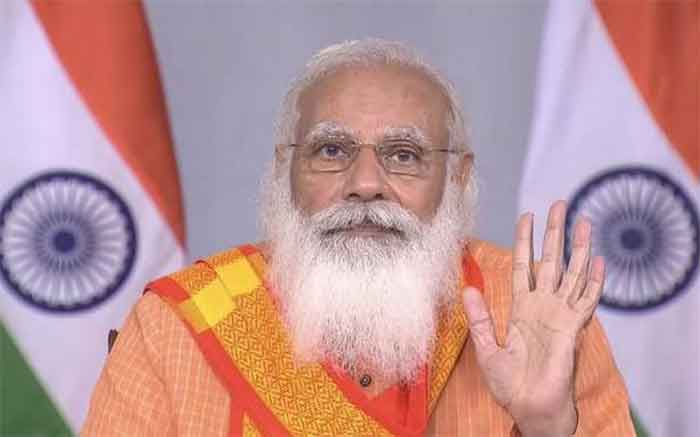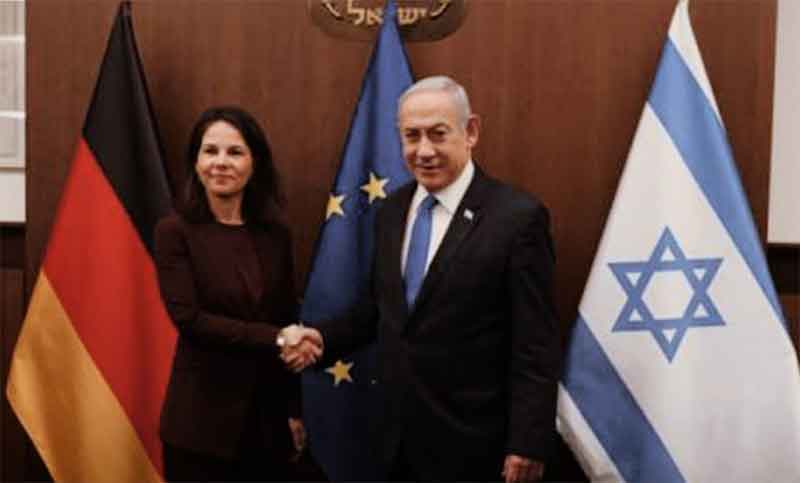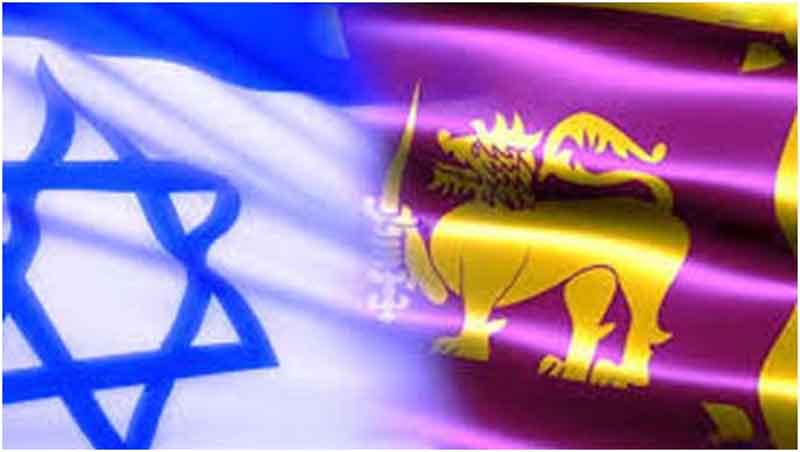
Historiography of the Partition of India and historical narratives generally focuses on violence among religious groups, Hindus, Muslims and Sikhs. In these narratives, Dalits, more often than not, find themselves being silenced, where they are treated as a subset of Hindus or Sikhs. It is a general notion that Dalits were not targeted for their caste identity but only for the religious beliefs. One reason for the perception is the belief that both the sides, India and Pakistan, valued them as low wage workers to work in the agricultural fields and industries. Thus, Dalits find themselves at the periphery in all the narratives of the Partition discussed in academia or literature. In order to challenge this notion, I am sharing an incident which I have come across at the archives during my research.
On 7th March, 1951, The Times of India (ToI) reported the arrest of 7 people including Mohinder Singh, nephew of popular Akali Leader Master Tara Singh, on charge of murder of a Dalit, Bhikem Sen of Jagadhari (in Ambala, Punjab). During my research I have come across many such newspapers and government reports which pointed towards the exploitation, beatings and killings of Dalits by the Hindus, Sikhs and Muslims. Since the introduction of the politics of representation in India each social and religious group was aware of the importance of showing strength in numbers. This realization by the landowning upper caste people brought nightmare for the Dalits.
Following the Partition Sikhs were reported to have attacked Dalits in order to force them to record themselves as Punjabi speaking. Dalits were beaten, sometimes to death, with lathis and Kirpans. Dalit women were assaulted, beaten and killed. In series of such attacks a Dalit woman was killed and another Dalit woman was reported be wounded at Lahran village of Jalandhar. Dalits of Kapurthala were forced to take back their satyagarah which they launched against the alleged treatment meted out to them after the language controversy in census. This political controversy over language or this episode began when in 1949, Akali Dal emphasised on the introduction of Punjabi as medium of education in Punjab and remained adamant over the demand of separate Punjabi speaking ‘suba’ or state, within the federation of India. The state was supposed to give financial and defence aid to the Indian Federation. Sikh vulnerability or insecurity as a minority community without a territorial base was already exposed during the negotiations over the territories between India and Pakistan. Their demand for the separate state needed to claim separate identity, for which Sikhs projected Punjabi language as a prime indicator of difference in Hindu and Sikh identity. As we would see later during the Khalistan Movement in the 1980s the slogan raised was, “Na Hindi, Na Hindu, Na Hindustan” (No Hindi, No Hindu, No India). On the other hand, in order to make Hindi speakers as the authentic claimants to the territorial expanse of India Punjabi had to be contested.
In 1949, a meeting was called at Punjab University in order to resolve the language controversy which was boycotted by the Sikhs as they believed that their demands would be overlooked due to political pressure and the presence of a majority of the Hindus in the meeting. To resolve the matter the Punjab Government came up with a proposal popularly known as “Sachar formula” on 1st October, 1949. It divided the state into two linguistic regions Punjabi and Hindi. Punjabi was decided to be the medium of instruction in all the schools till matriculation in the Punjabi region. However, the choice of deciding the medium of instruction was left to the guardians of students in Hindi region. Schools without the government aid, where decisions remain in the hand of concerned management authority, were not bound to follow the formula. While the Sikhs, mostly, accepted the formula with a little unrest on the rights of parents in deciding the medium of instruction for their child, Hindu bodies like Arya Samaj, Hindu Mahasabha, Jansangh strongly condemned the proposal. They, with the Hindi vernacular press, started a campaign to encourage all Hindus of the area to record their mother-tongue as Hindi. Akali Dal also started a counter-propaganda.
Both, Hindu organisations as well as Akali Dal began to warn their communities about the false entries in the census. It was alleged that ethnographers were deliberately disturbing the census records and adding false entries in favour of Hindi or Punjabi as per their own preferences. RSS (Rashtriya Swayamsevak Sangh) and Jana Sangh leaders used all means to force Punjabi speaking people to register their mother tongue as Hindi. Sikhs were concluding that Hindus by denying them the right over Punjabi as their mother tough, wants to acclaim their superiority over Sikhs. This turned the situation and atmosphere bitter and communal to an extent that at many places violent clashes broke out between Hindus and Sikhs.
Once again Dalits found themselves at the centre of a conflict between two religious groups. Bhagat Amin Chand, a Dalit leader reported that during his visit in rural Punjab and PEPSU (The Patiala and East Punjab States Union; which was a state of India uniting eight princely states between 1948 and 1956), Dalits were found to have been attacked and brutalized in the census related disturbances. Dalits were attacked by the Hindus and Sikhs. Different political parties tried to exploit Dalits for their own interests. Dalits who refused to follow these major groups were attacked and subjected to brutalities. In some regions Dalits had to migrate for safety.
During the 19TH century the Hindu, Muslim, Sikh and Christian competed over Dalits for their conversion in the name of social-religious reform movements. Dalits were seen as “empty in their own identity” and therefore best suited for the proselytization and for replenishing and enhancing numerical strength of any religious community by converting them into it. This trend continued during the Partition. In West Punjab (Pakistan) they were forced to accept Islam. Ravinder Kaur writes, “untouchables who remained socially marginalised were nationalised in this process.”
This also marks a twist, as religious conversion of Dalits in colonial India was a deliberate choice and voluntary act of Dalits to get rid of the brutality and untouchability, they suffered within the Hindu fold due to its caste and hierarchical structure. It also interpreted as a form of their resistance and protest towards Hinduism. These religious conversions were supposed to show them the path to achieve the sense of equality by entering into a religion with more egalitarian norms. But when communal representation politics entered in India religious conversion became a political tool and made Dalits suffer. On the one hand it enabled Dalits to increase their bargaining power. On the other hand, they were targeted and became a target of all claimants in representative politics: Hindus, Muslims and Sikhs. They competed with each other to attract and patronise Dalits within their fold, thereby enhancing and replenishing their numerical representation. But communal violence following the partition of India turns these religious conversions from deliberate choice or tactical attempt to most vociferous, worst attempts of forced conversion by putting knives and Kirpans on the neck of thousands of Dalits.
Vaishali is a PhD scholar at Department of History, University of Delhi, India. She received Post-graduate degree in Modern History from Jawahar Lal Nehru University, New Delhi, India. Her current field of research is Dalit history.
SIGN UP FOR COUNTERCURRENTS DAILY NEWSLETTER














































